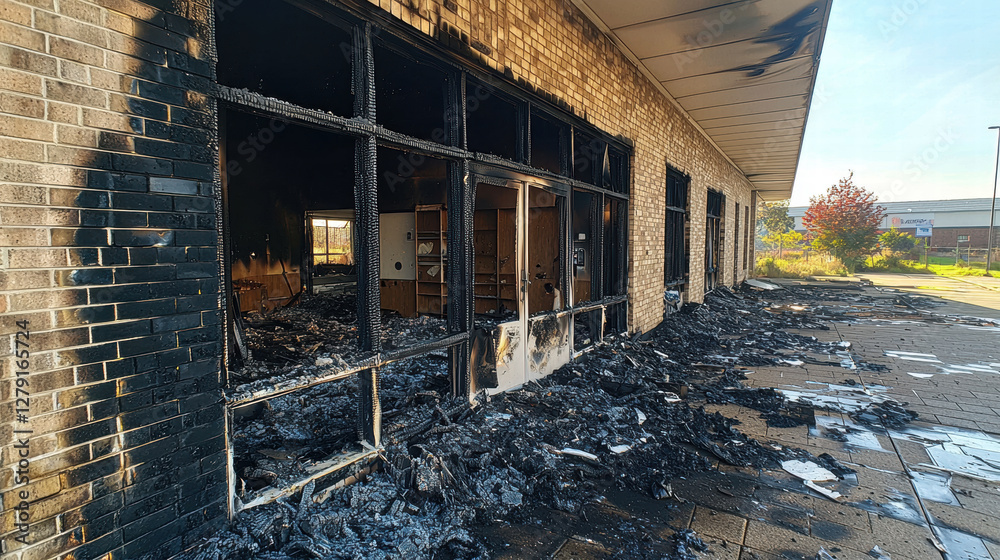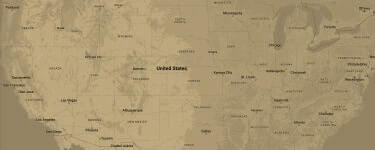Escaping a savage winter, the Millers traveled to balmy Caribbean waters for a luxurious getaway. Colder water dashed their vacation high as soon as they got home. A second-floor pipe had frozen and burst, flooding the house with 660,000 gallons, enough to more than fill an Olympic-sized swimming pool. In an instant, warm relaxation curdled into icy despair.
“The Smith’s nightmare was a worst-case winter home disaster caused by heating system failure coinciding with a severe cold snap,” says Kevin Sullivan, President of Paul Davis Restoration of Northern Virginia. “Most homeowners escape this horrific scenario. But cold, wet winters stress houses. It’s prudent to tour your own home now, note vulnerable spots and plan repairs to avoid your own wintry horror story.”
No fancy equipment is required, Sullivan advises, to flag structural problems quietly developing over a cold, wet winter. Your senses are usually enough to identify problems:
Look up outdoors: Stroll around your home and look upward. Do you see materials that are buckled, loose, broken, worn or gapped? Use binoculars to study flashings, gutters, shingles, siding and windows. Pay close attention to areas where materials transition, checking that windows meet siding without gaps, for example, and ensuring gaskets are snug against roof vents. If there is snow on your roof, check if melt has occurred faster or icicles have formed; more insulation or increased ventilation may be needed to prevent costly heat escape and destructive ice dams in these areas.
Look down outdoors: Scan for ponded water or boggy patches near the foundation. Moisture build-up here can indicate clogged gutters. Survey for cracked hardscape areas, buckled walkways and driveways; corrosive salt and freeze/thaw cycles tax these materials to their limits. Check outdoor faucets to ensure they are shut off inside. Finally, think twice before shoveling painted or stained decks and porches: scraping easily dislodges their protective coatings.
Look up indoors: Start in the attic and scan for dampness and drafts. Look for pests, too: squirrels, mice and the like relocate indoors in cool weather. Their gnawing and shredding may expose areas to the elements. Scan ceilings for leakage, staining, mold spots and dampness. If you do suspect a leak? Ask a professional for help. Moisture infiltrating a building’s exterior envelope is notoriously tricky to trace back to its source.
Look down indoors: Inspect basements and crawl spaces for dampness. Look at floors as well for buckling, moisture or staining. Sniff for moldy odors and lightly run clean hands along walls: focus on colder patches that could indicate leaks. Often, leaks that start in wintertime can be traced to gutter problems or ice dams.
“Finally, if you’ll be away during winter, ask a friend or neighbor to visit your home a few times to ensure all is well,” Sullivan says. “Catching a winter problem early reduces the damage and expense needed to repair it.”











